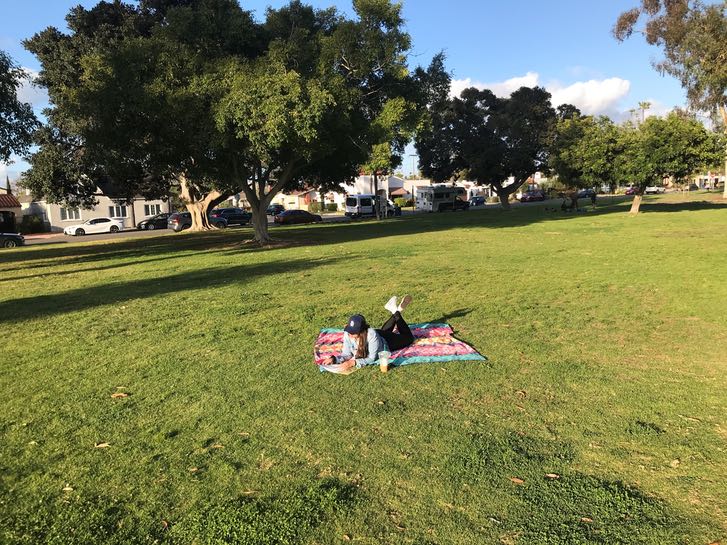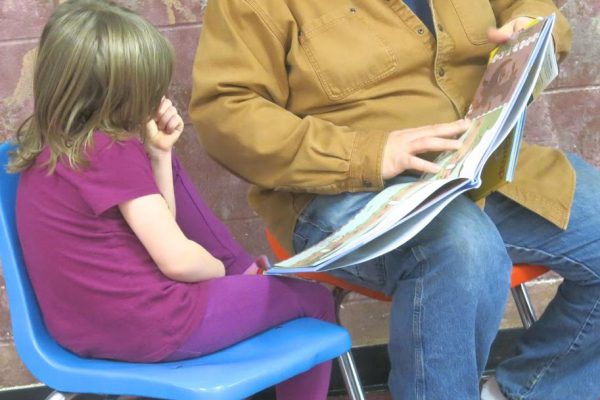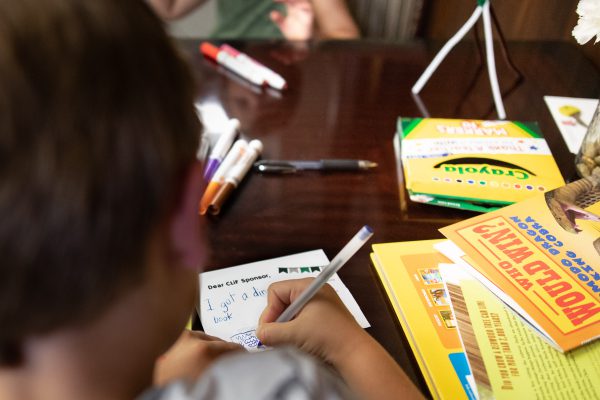
Halfway through July, I finally made a list of must-do summer activities. (How does summer always manage to go by so quickly?!) Whether you are a CLiF partner taking a well-deserved break, fully engrossed in summer reading, or managing kids at home or in a program, we can still make summer fun intersect with reading and writing. CLiF offers the following ideas and insights to help keep excitement up around reading and writing for your students and for yourself!
FOR EVERYONE – LITERACY AND SUMMER
- Car trips – try word games
- Explore outdoors – resources for nature journals (observe, record, and revise!), birding
- Visit friends and family – have them share their expertise and interests with your kids, conduct interviews (use these questions for mothers/grandmothers/maternal figures)
- Encourage problem solving and “effortful thinking” to help build a growth mindset and to boost self-esteem
- Try something new – Jazz at Lincoln Center, Together with Foundations Inc., and the Mott Foundation are offering three FREE youth-tested, youth-approved learning experiences that meld music and arts with literacy, STEM and social studies. Designed with grades 3-6 in mind, these lessons show the connection between sounds and feelings, between math and music, and even how to do the Charleston
- Create a book club and other tips for getting kids to read – use stories to start conversations with your kids
- Travel to new places with Museums for Digital Learning
- Challenge your group – how many authors do you know from this list of 100? How many can you learn about this summer?
- Share your favorite music – music primes the brain to learn and helps build empathy
- Talk around a campfire, a picnic table – research shows babies are showing a reduction in language skills. Here are 25 ways to talk to your kids about their day – use the longer, warmer days to share a conversation.
- Take a nap – research shows naps can help early literacy, and feels good for adult brains too
RESOURCES FOR EDUCATORS
- Model for building family-school partnerships
- Why we need to support early educators
- Mental health supports for afterschool program providers
- National Center on Afterschool and Summer Enrichment Resource Library
- “Best” education podcasts
- Student-designed sensory path
- Pocket poem cards and 10 other ways to incorporate poetry
- Students are learning how to fly airplanes and drones, tackle mathematical and engineering problems, and investigate possible causes of airplane crashes for a field facing shortages of skilled workers, women, and workers of color. The free curriculum, used in 44 states, was designed by the Aircraft Owners and Pilots Association Foundation.
Pre-pandemic, the National Academies of Sciences 2019 report Vibrant and Healthy Kids states: “resilience among kids rests on the well-being of their primary caregivers, which, in turn, rests on the support that the caregivers themselves receive.” While we might prefer to dodge the scary realities of summer slide, increased dependence on technology*, and tough conversations about our world, we are leaders for our kids and students. CLiF hopes you find some quiet moments, meaningful conversations, and good books this summer to sustain you through these challenging times.
*Not counting digital instruction, the amount of time students spend staring at a computer screen jumped 17 percent between 2019 and 2021, a report finds. For children ages 8 to 12, that translates to 5 hours and 33 minutes a day. For teenagers, it’s 8 hours and 39 minutes—as much as they would spend on a full-time job.



